What We Do
The REDD group is a part of the Conservation and Recovery program within ODFW's Fish Division. We think about the ways ODFW collects, organizes, analyzes, and uses information for decision making.
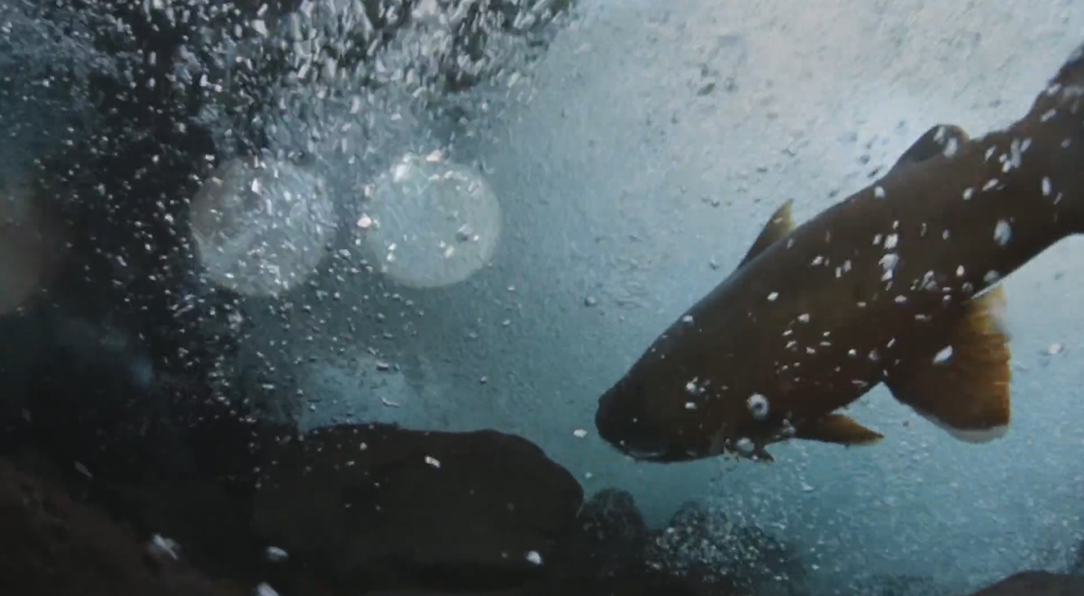
"Our focus is on providing managers with high quality data to inform decision making. We incorporate the latest advances in sampling methodologies, statistical analyses, predictive modeling, and decision making research to better measure and understand the trajectories of fish species and provide results in the most impactful way possible."
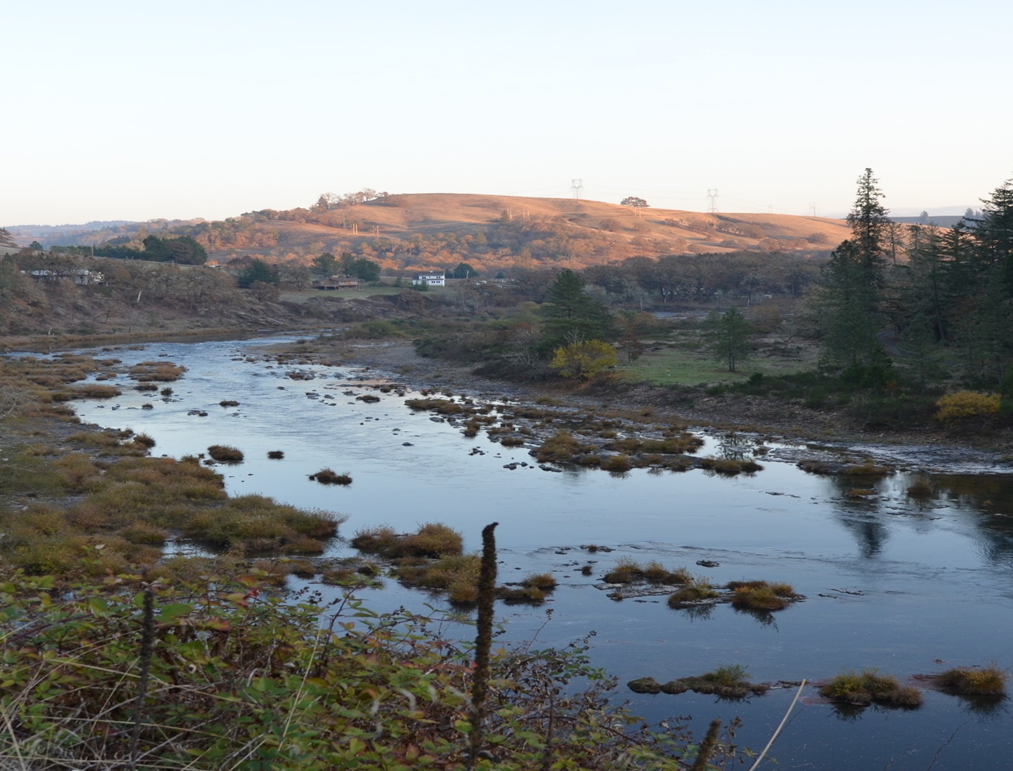
Ecohydrological Modeling
The amount of water in a stream at any time is dependent on numerous interactions between terrestrial, aquatic, and climatic processes. Ecohydrological models consider these interactions to create a realistic representation of the mosaic of processes occurring within a watershed. To understand how climate change will affect the quantity, quality, and timing of water for both humans and fish, the REDD group is implementing the EPA’s ecohydrological model called VELMA (Visualizing Ecosystem Land Management Assessments) for each of Oregon’s coastal watersheds, so managers can better predict where and when these shifts in water availability will occur and consider these data when developing future habitat restoration and fish management plans.
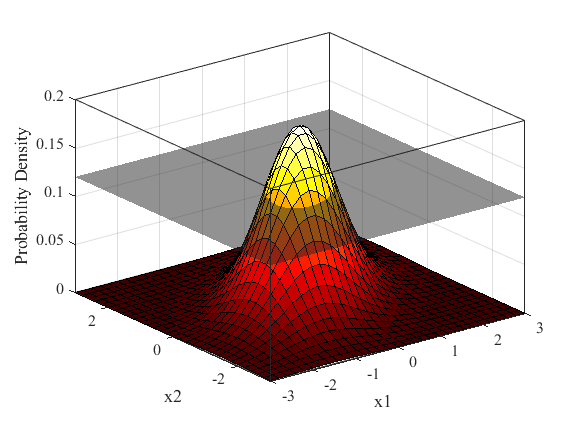
Decision Making
How do scientific results affect decisions about natural resources?
Unfortunately, there are more ways to fail than succeed, so REDD is developing techniques to ensure that scientific results are used appropriately...
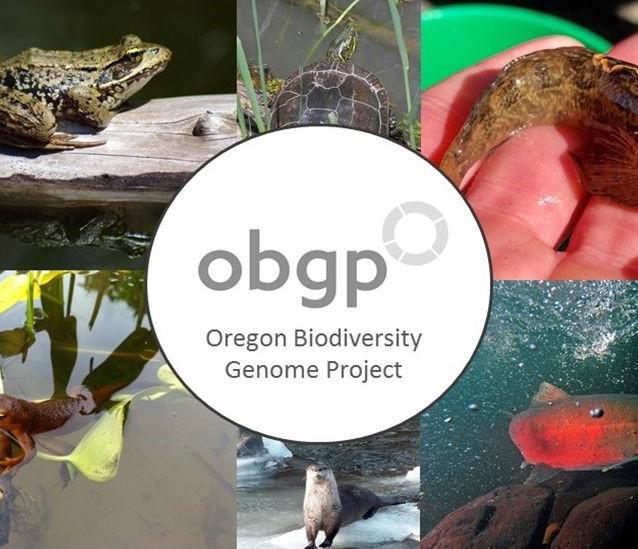
Oregon Biodiversity Genome Project
Environmental DNA refers to DNA that is shed by organisms and recovered in water, sediment, or soil samples. Linking that eDNA to the source organisms using genetic sequence data can provide efficient and non-invasive detection of a species. However, the lack of genetic sequence data for many of our fishes limits the use of eDNA for detection of Oregon's fishes. The REDD group is partnering with the Oregon Biodiversity Genome Project (OBGP) to remove this barrier. The OBGP is building a comprehensive library of complete mitochondrial genetic sequences matched to expertly identified voucher specimens of Oregon's fish and wildlife. In its initial phase, the OBGP is addressing the paucity of genetic sequence data available for Oregon's native and non-native fishes. These data will provide the basis for developing tests (eDNA assays), which will match eDNA collected in field samples to the corresponding species.
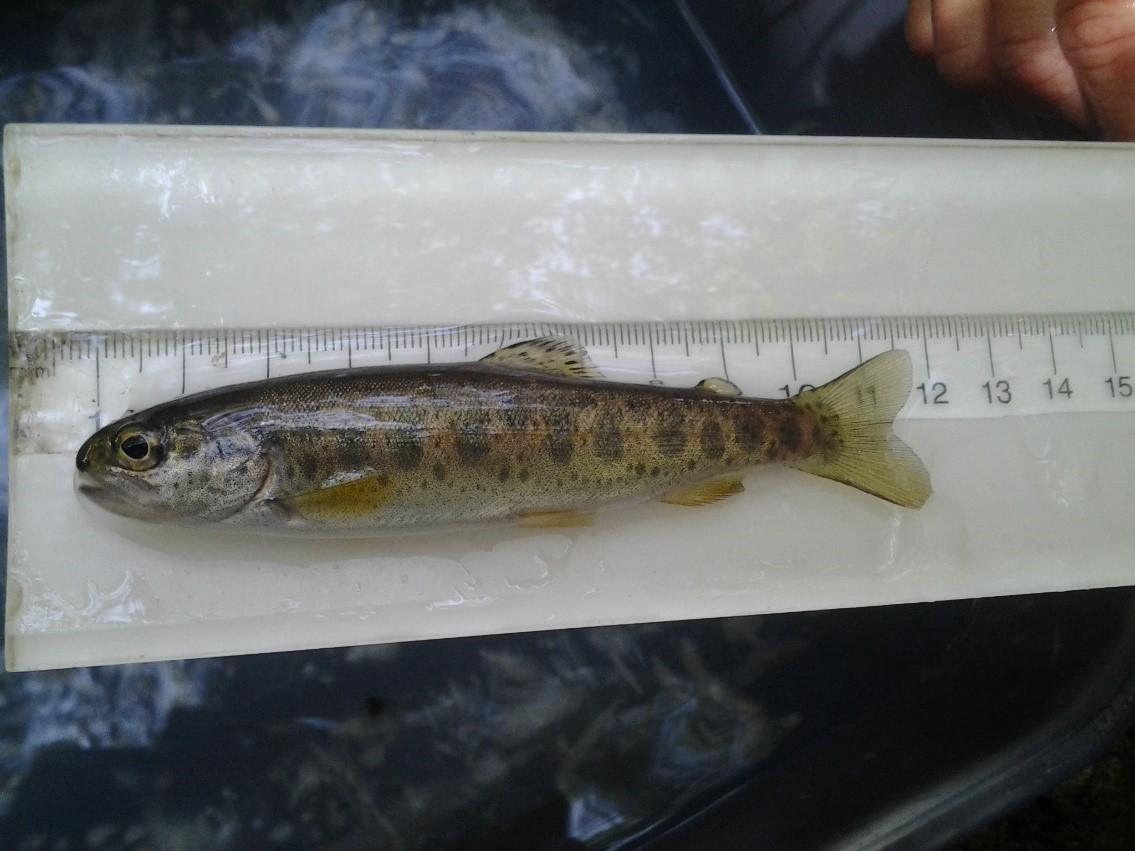
Hatchery Programs and Genetic Risk
Oregon's native fish populations face threats that include predation, habitat degradation, harvest impacts and climate change. Hatcheries, which serve to enhance fisheries, can also negatively affect wild populations through competition, disease transmission, predator attraction (i.e. ecological risks), and interbreeding that can dilute the genepools of native populations and reduce their productivity (i.e. genetic risks). Unlike ecological risks, effects from genetic introgression can last for generations, even after hatchery-wild interactions cease to exist.
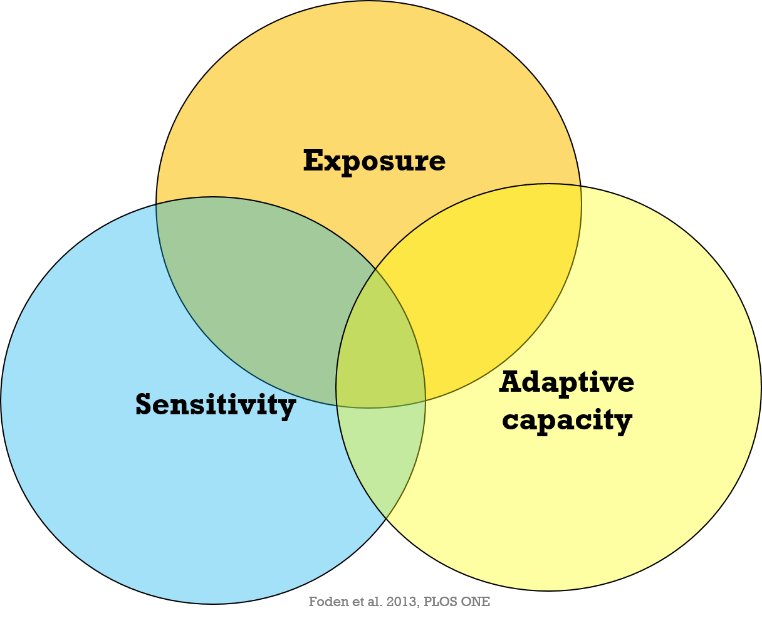
Species Vulnerability Modeling
Climate change will impact all native fish species in Oregon, however the degree to which a species is vulnerable is uncertain. Recognizing the potential for impacts, there is a need to incorporate potential future climate effects into the management and conservation of all native fish species. To more adequately manage the needs of these species in a potentially new, variable environment, REDD is developing a quantitative, transparent, and adaptive modeling approach to understanding species distribution and survival given climate regime shifts and other threats on the landscape. Species distribution models (SDMs) are being used to model vulnerability to environmental change as a function of climate sensitivity, exposure to threats, and a species’ tolerance to temperature. Having the ability to predict future range shifts will aid in our ability to manage and conserve these species in the long-term.
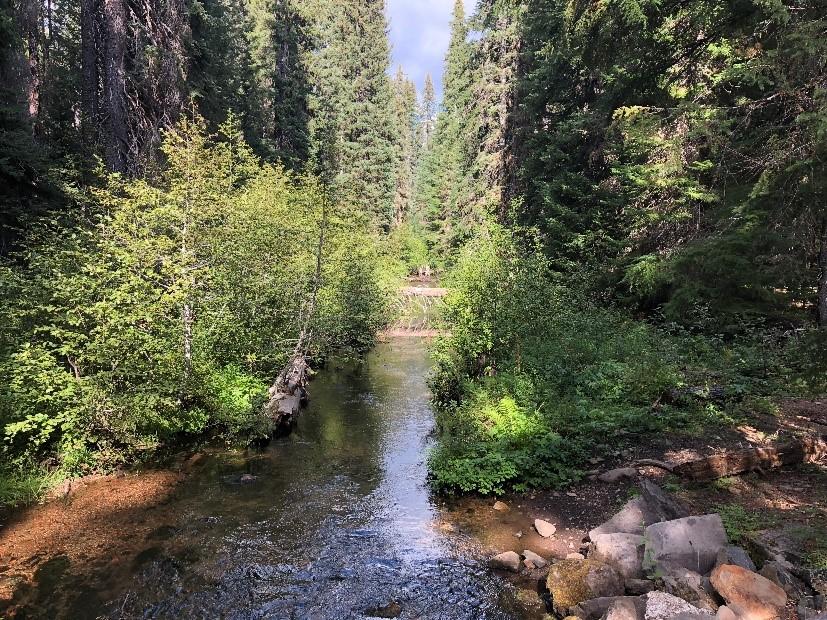
Thermal Tolerance of Native Fish Species
Understanding the physiological tolerance of fish to changing stream temperatures is essential when trying to evaluate how climate change will influence species distribution and survival. We measure multiple physiological traits to understand the response of native fish species to changing water temperatures. We describe the responses to acute thermal stress across species and populations and evaluate the variability in these responses across species and populations. We use these data to hypothesize how changing thermal regimes will influence species distributions and survival so we can better manage Oregon’s native species in an uncertain climatic future. These data are evaluated alongside seasonal stream temperature data to determine whether thermal history (e.g. seasonal extremes, variability in temperatures) and thermal tolerance provide a physiological basis to assess species sensitivity to changing and increasing temperatures. We hope to couple the data we obtain with genetic information to determine whether the individuals are genetically distinct across populations. As of 2022, we have evaluated thermal tolerance for coastal cutthroat trout, redband trout, summer steelhead, and Warner sucker.
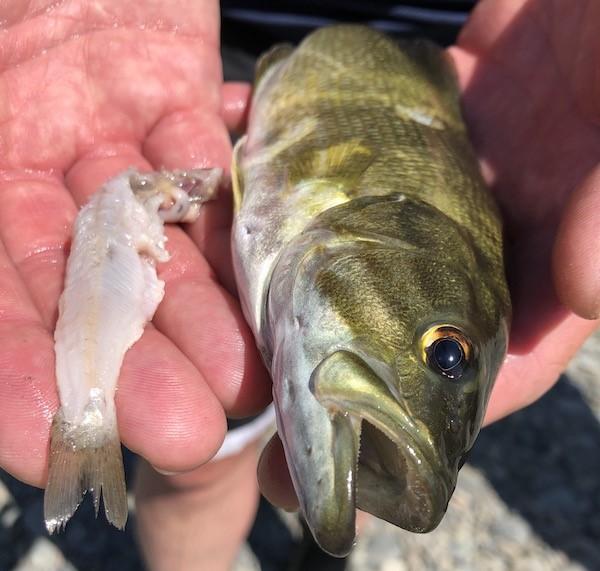
Vulnerability Assessments
The REDD group works to assess vulnerability of Oregon watersheds to threats including introduction of non-native species. Current work focuses on vulnerability of coastal basins to the introduction and establishment of smallmouth bass. Smallmouth bass are a highly predacious species that, when introduced outside their native range, can have significant impacts on native speciehttps://odfwredd.forestry.oregonstate.edu/smallmouth-bass-vulnerability-assessments. This work will help managers align limited monitoring resources with high vulnerability habitats to support early detection of new introductions and opportunities for early management interventions.
